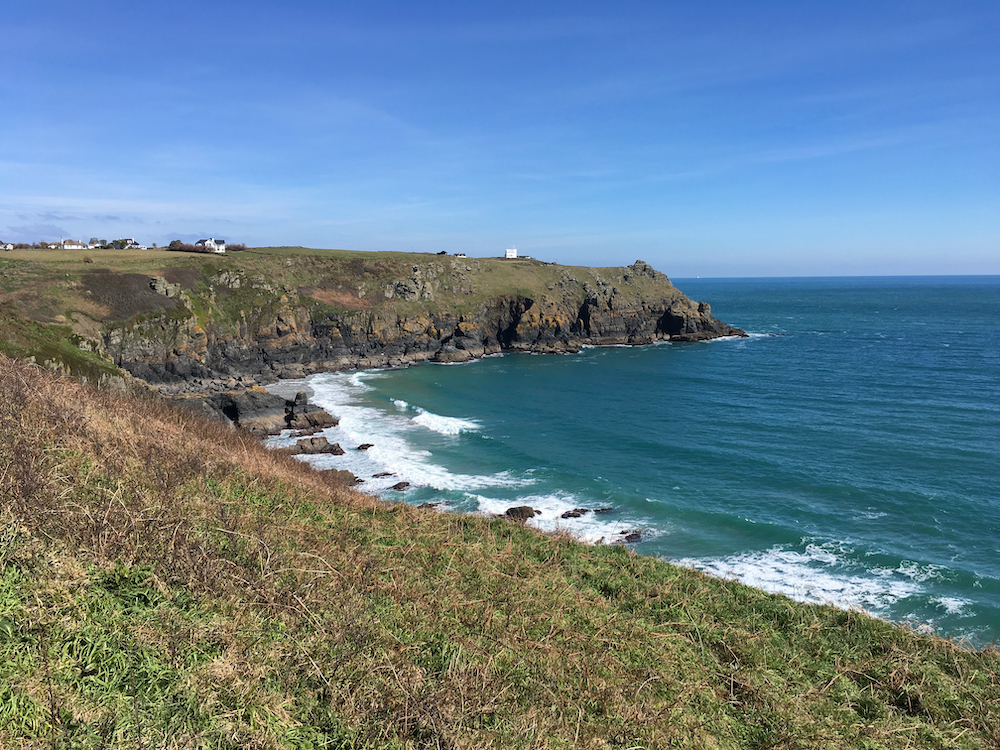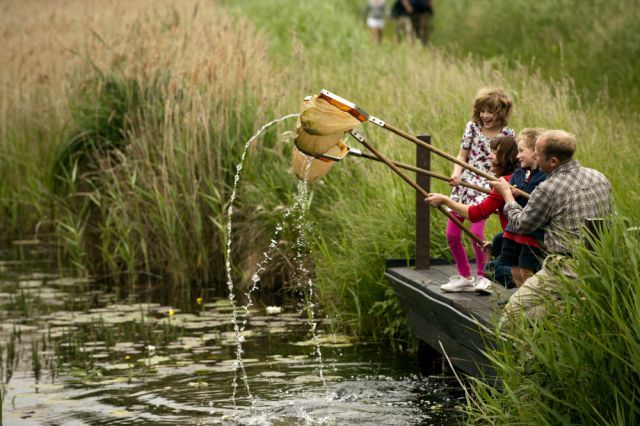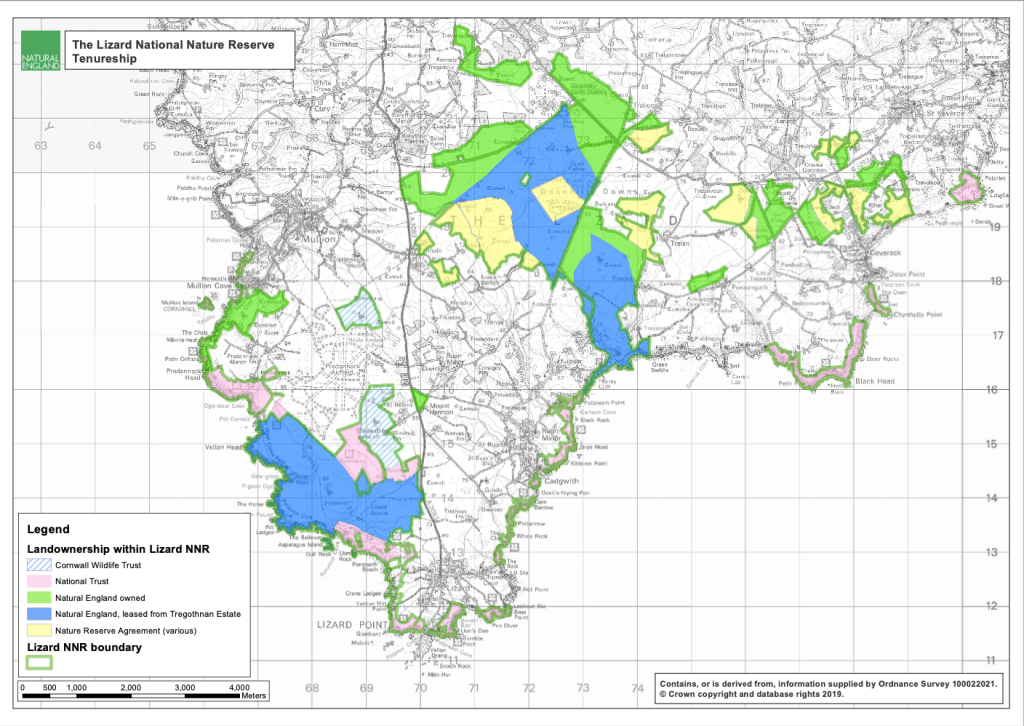
The Lizard is one of the finest places in the country for both landscape and wildlife. Clifftop coastal grasslands and lowland heath are arguably its biggest attractions. Add in rare plants and insects, ponds and archaeology, plus the opportunity for quietude, and you have a rare and unique opportunity indeed. The wildlife rich habitats are in the care of a number of custodians, including government, charity and private landowners. They are all working to manage the land in the best possible way for its value for nature. These separate elements are all pulled together under the umbrella of The Lizard National Nature Reserve, uniting the conservation effort with common objectives and identity.
National Nature Reserves (NNRs) were introduced in 1949 to protect some of our most important habitats, species and geology, and to provide ‘outdoor laboratories’ for research. They can offer great opportunities to schools, specialist interest groups and the public to experience wildlife at first hand and to learn more about nature conservation. There are currently 221 NNRs in England with a total area of over 105,000 hectares – approximately 0.7% of the country’s land surface. The largest is The Wash covering almost 8,800 hectares, while Dorset’s Horn Park Quarry is the smallest at 0.32 hectares. You can explore NNR locations on the MAGIC website.

Natural England manages about two-thirds of England’s NNRs. The remaining reserves are managed by organisations approved by Natural England: for example, the National Trust, Forestry Commission, Royal Society for the Protection of Birds, Wildlife Trusts, local authorities, and private landowners.
The Lizard NNR covers 2400 ha. It comprises land managed by Natural England (the Government-funded conservation body), National Trust, Cornwall Wildlife Trust, Cornwall Birdwatching Preservation Society and private landowners. Highlights of this wonderful expanse of landscape include:
- The vertiginous west coastal cliffs of Mullion and Predannack, Kynance and Lizard Head
- The central expanse of lowland heath at Goonhilly Downs
- Kennack Sands and Gwendreath Valley
- East coast cliffs from Cadgwith to Coverack
- The remote Lowland Point

The majority of land within the NNR has designated legal protection as a Site of Special Scientific Interest, and is a protected landscape as part of the Cornwall National Landscape.

